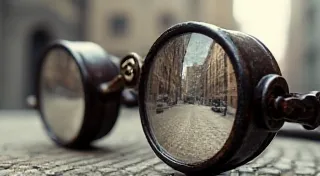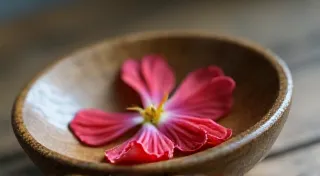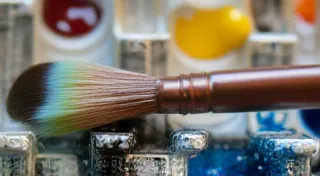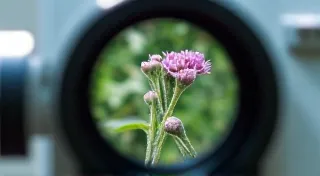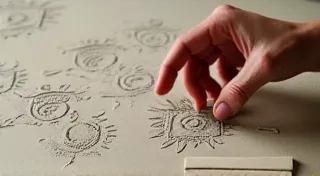Mirrors of Memory: The Narrative Power of Antique Taxidermy in Photography
There’s a peculiar magic in encountering an antique taxidermy specimen. It's not merely the preserved form of a creature long gone, but a portal to a vanished era, a silent witness to changing landscapes and evolving human perspectives. And when these silent witnesses are placed before a camera lens, the results can be profoundly evocative, capable of stirring emotions and weaving narratives far beyond the straightforward depiction of a stuffed animal. Antique taxidermy, in the hands of a discerning photographer, becomes more than subject matter; it becomes a vital component of storytelling.
The history of taxidermy, it's important to understand, is intertwined with colonial ambition, Victorian obsession, and a growing scientific understanding of the natural world. Early forms, often crude by modern standards, were driven by the desire to bring the wonders of far-off lands back home – a tangible piece of the unexplored. Imagine the sheer astonishment of encountering a lion, frozen in life-like pose, in a London drawing room! The process reflected not only a fascination with natural history, but also a cultural impulse to possess and control. Early photographs, often stark and documentary in style, captured this aspect: the presentation of exotic creatures as trophies of exploration.
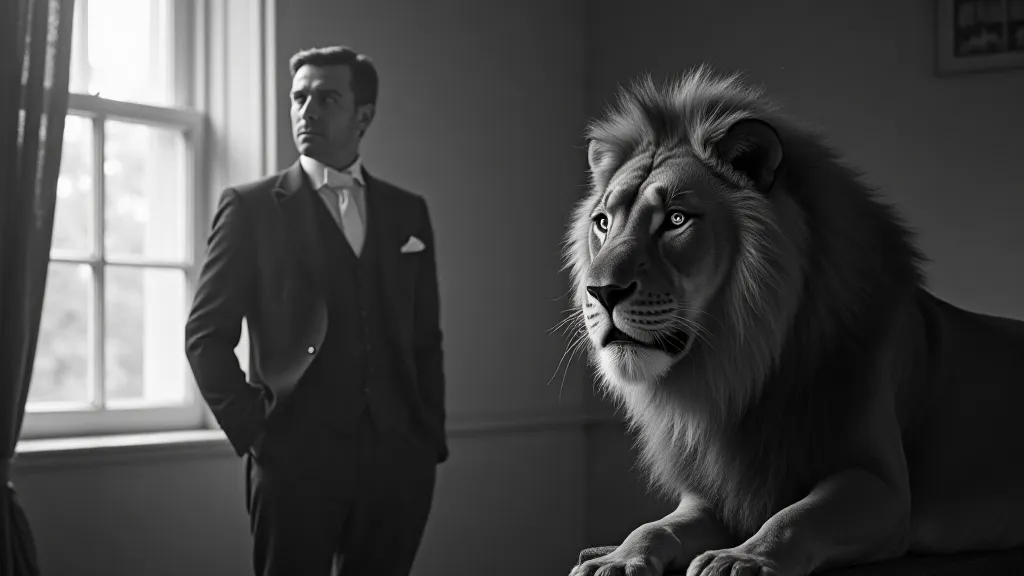
Victorian Melancholy and the Aesthetic Ideal
As photography matured during the Victorian era, so did the artistic possibilities of taxidermy. The aesthetic movement, with its emphasis on beauty, decay, and the passage of time, found a surprisingly fertile ground within the world of preserved animals. Taxidermists began to strive for greater realism, painstakingly recreating fur patterns, feather arrangements, and even subtle facial expressions. This wasn’t merely about scientific accuracy; it was about creating a work of art that could evoke emotion and provoke contemplation. The animals were frequently posed in naturalistic, yet often melancholic, scenarios - a fox curled up asleep, a bird perched on a branch, a deer gazing wistfully into the distance. The skill involved in these representations often went unappreciated, but increasingly careful study is revealing the taxidermist's signature – the subtle imprints of personality that reveal the artisan behind the work.
Early photographic techniques, like wet collodion processes, lent themselves perfectly to this aesthetic. The often-soft focus and rich tones accentuated the sense of timelessness and dreamlike quality. Imagine a photographer capturing a meticulously mounted owl, bathed in the soft light of a darkened studio – the result wouldn’t just be an image of a stuffed bird; it would be a visual poem about loss, memory, and the enduring beauty of nature.
There’s a personal resonance to this connection for me. My grandmother, a passionate collector of antique photographs, had a small, slightly faded image of a mounted pheasant. It wasn't a particularly grand display, just a simple portrait of an animal frozen in time. But the image, and the stories she would tell about the photographer's studio where it was taken, conjured a vivid sense of a bygone era – a world of quiet contemplation and a deep reverence for the natural world. Thinking about those early practices brings to mind the ingenuity required to create these representations; often, the animals’ story is just as compelling as the taxidermy itself, and in more recent years, there’s been a growing interest in considering the animal's perspective - a shift in appreciating these relics beyond their aesthetic qualities.
The Modern Reinterpretation: Mood and Symbolism
The relationship between antique taxidermy and photography continues to evolve. Contemporary photographers are increasingly using these preserved creatures not as mere historical artifacts, but as powerful symbols within carefully constructed narratives. The stiff, often unsettling realism of antique mounts lends itself beautifully to explorations of themes like mortality, isolation, and the disconnect between humanity and the natural world. The artificiality of the preservation process becomes a deliberate element, highlighting the constructed nature of our perceptions.
Consider the possibilities: a meticulously staged photograph of a mounted wolf, silhouetted against a stark, minimalist backdrop, could evoke a sense of primal power and untamed wilderness. Or a series of portraits featuring children interacting with antique mounts, exploring themes of innocence, loss, and the fragility of life. The key lies in understanding the inherent narrative potential of the subject matter and harnessing the power of light, composition, and symbolism. The complexity of these art forms requires a very specific skillset, and in many cases the methods used were far from straightforward. For those interested in the more technical aspects of the process, the subtle art of antique taxidermy techniques is often a source of fascination, revealing the intricacies of a bygone craft.
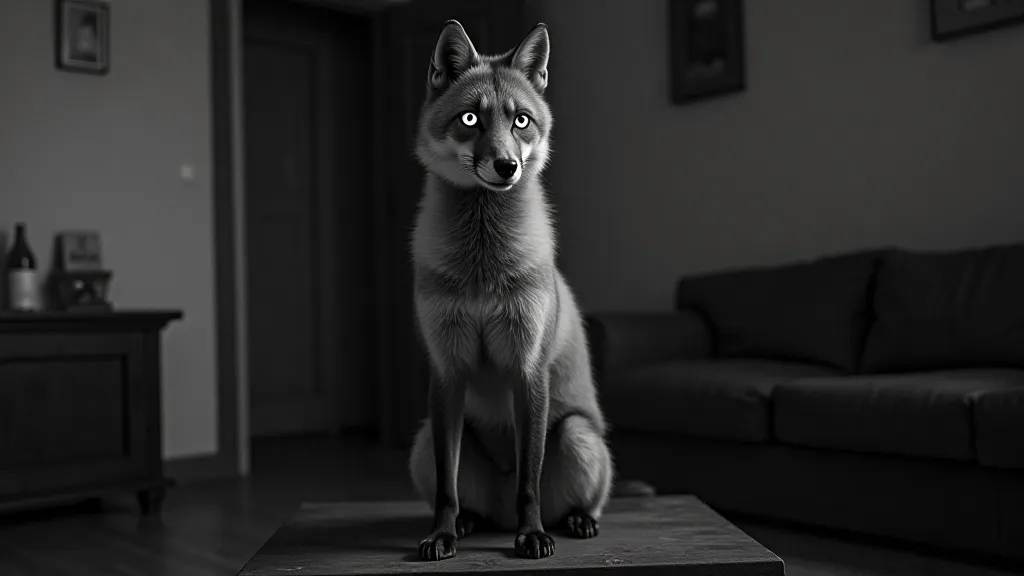
The restoration of antique taxidermy, while crucial for preserving these historical artifacts, can also profoundly impact how they are perceived through a photographic lens. While a heavily restored mount may appear more “realistic,” it can also lose some of its unique character and historical patina. The cracks in the paint, the slight fading of the fur, the subtle imperfections – these details tell a story of their own, adding depth and complexity to the narrative potential. Sometimes the most striking aspect is not the form itself, but the traces of time it bears – a testament to the life it once lived and the journey it has undertaken. Indeed, the best photographers consider not just the final product but the process that led to its creation.
Beyond the Surface: Craftsmanship and Preservation
Appreciating the artistry involved in antique taxidermy is intrinsically linked to appreciating its photographic representation. These were often the work of incredibly skilled artisans, who painstakingly recreated the form and character of the animals they preserved. Studying the techniques – the intricate wiring, the careful sculpting of clay eyes, the painstaking application of paint – provides a deeper understanding of the artistry and craftsmanship involved. This kind of investigation leads many to reflect on the narratives that surround these objects, prompting investigations into the motivations of the hunters and collectors who commissioned them, leading to further insights into the broader social and historical context. Further exploration sometimes reveals intriguing details regarding the circumstances surrounding the animal’s original capture, prompting reflections on the ethics and power dynamics inherent in the practice. This is especially true when considering the historical significance of trophy mounts – the legacy of a hunt, immortalized in a display of preserved form.
Collecting antique taxidermy, much like collecting antique photographs, is a journey into the past. It’s about more than just acquiring objects; it’s about connecting with a history, preserving a legacy, and appreciating the skill and artistry of those who came before us. The photographs that capture these specimens become part of that ongoing story, preserving not only the animals themselves but also the cultural context in which they were created and admired. The collection itself often provides a window into the values and priorities of a specific era, and the stories attached to each piece can be incredibly evocative and deeply personal.
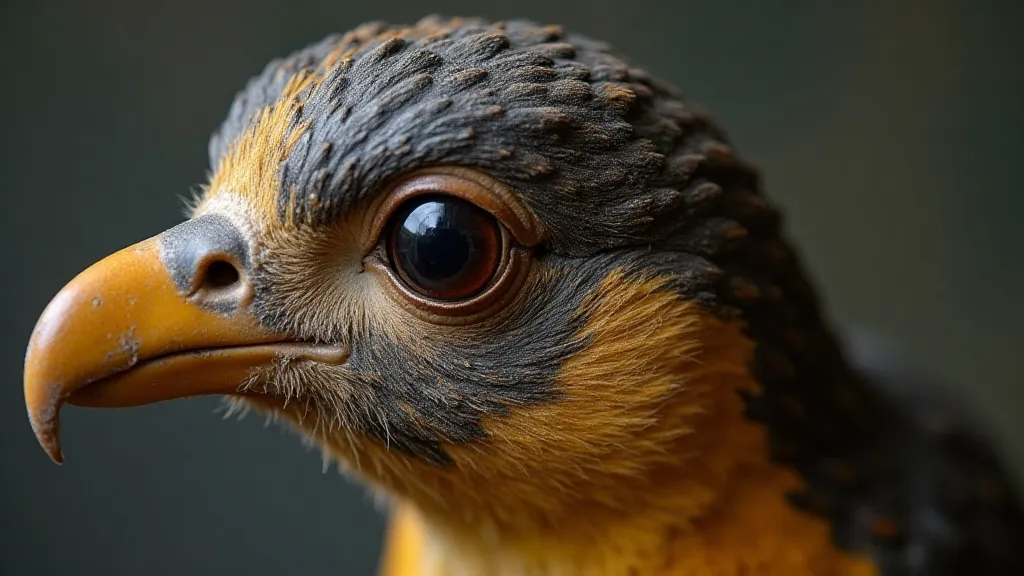
Ultimately, the most compelling photographs of antique taxidermy are those that transcend the surface, revealing the emotional depth and narrative potential inherent in these silent witnesses to the passage of time. They are mirrors of memory, reflecting not only the animals themselves but also the evolving relationship between humanity and the natural world. Consider, too, the impact of the original narrative behind antique trophy mounts, a reflection of a different era's relationship with nature and a powerful symbol of human ambition and conquest.
